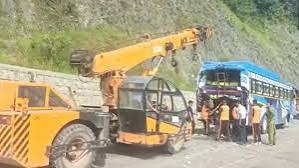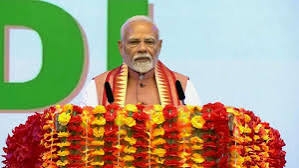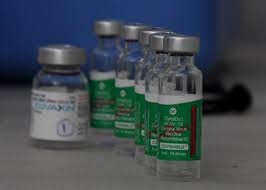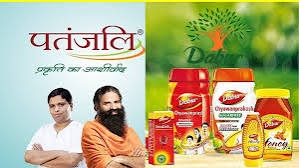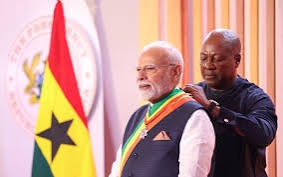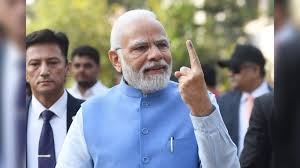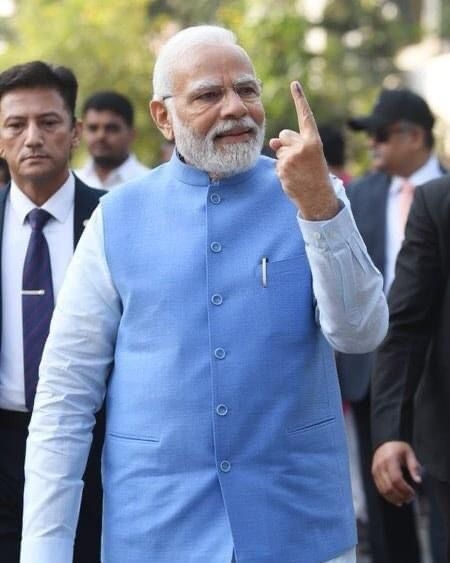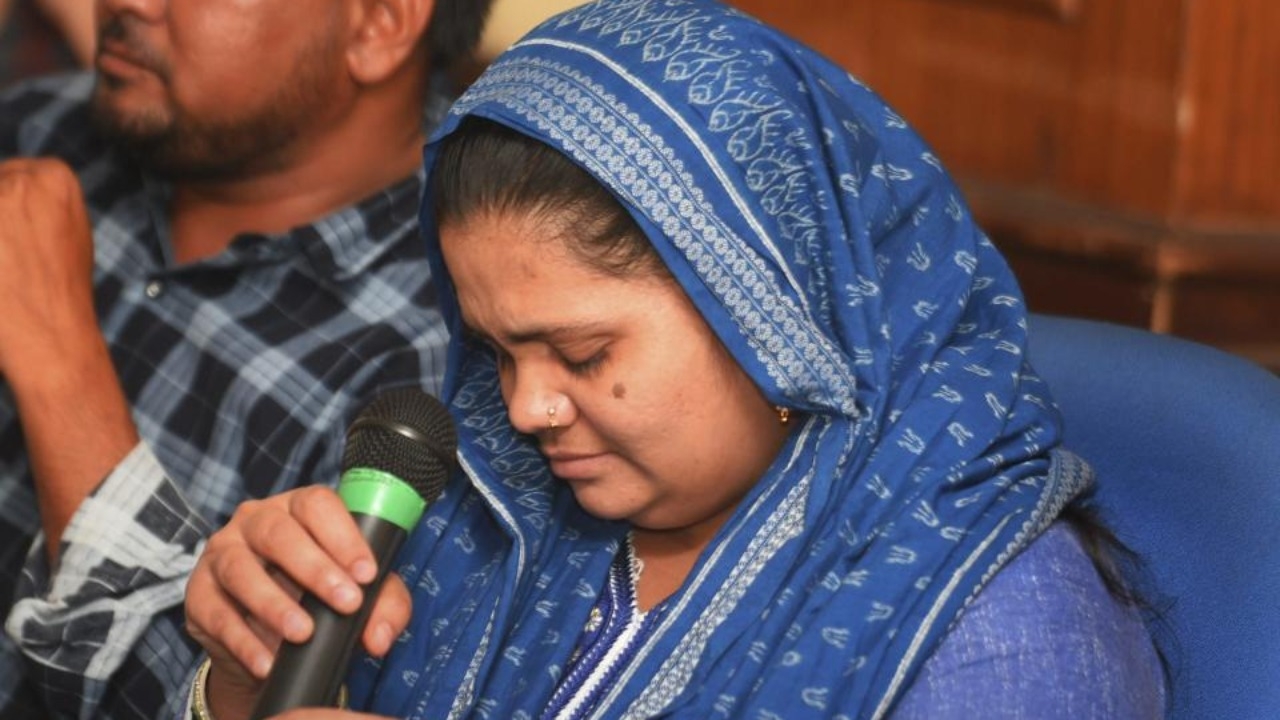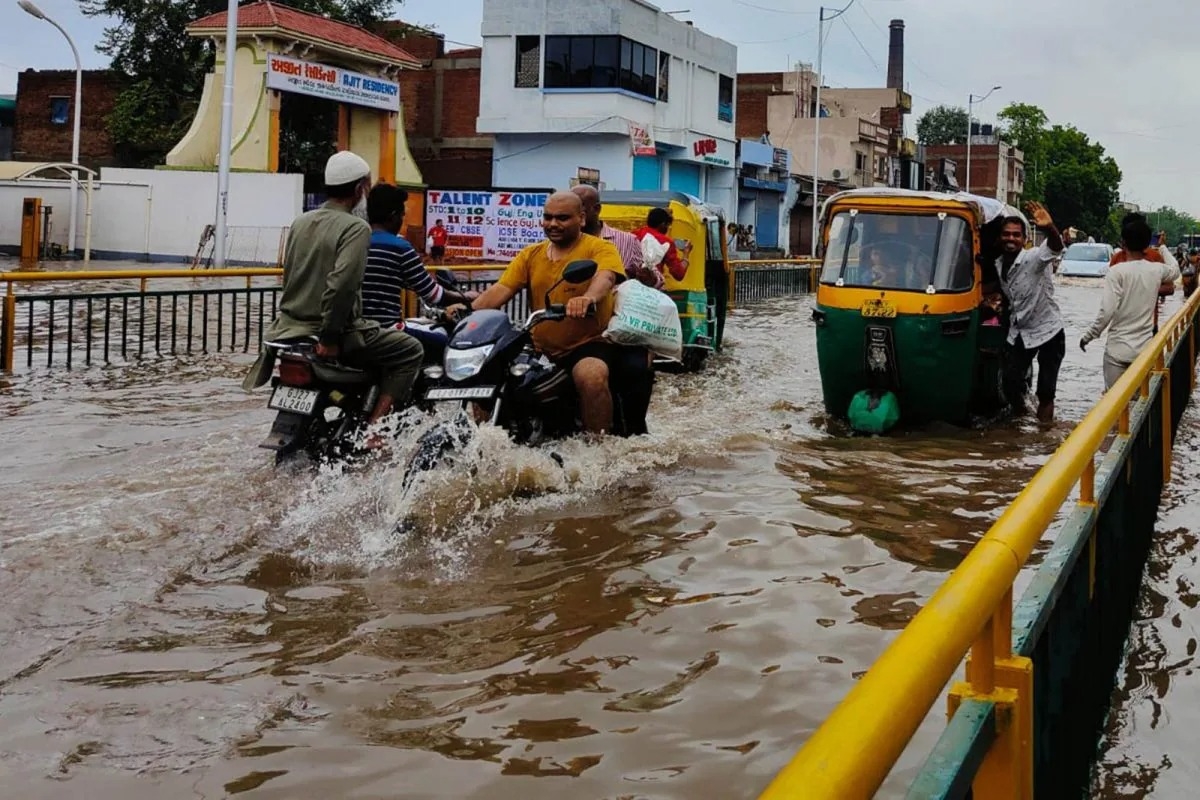Sachin Jain
Focus shown!
• Millet Promotion- Commitment shown towards Millet Promotion and it is stated that "We are the largest producer and second largest exporter of Shree Anna" in the world. We grow several types of Shree Anno' such as jowar, ragi, bajra, kuttu, ramdana, kangai, kutki, kada, cheena, and sama. These have a number of health benefits, and have been an integral part of our food for centuries. I acknowledge with pride the buge service done by small farmers in contributing to the health of fellow citizens by growing these "Shree Anna". Now to make india a global hub for 'Shree Anno', the Indian Institute of Millet Research, Hyderabad will be supported as the Centre of Excellence for sharing best practices, research and technologies at the international level
• Sickle Cell Anaemia - A Mission to eliminate Sickle Cell Anaemia by 2047 will be launched. It will entali awareness creation, universal screening of 7 crore people in the age group of 0-40 years in affected tribal areas, and counselling through collaborative efforts of central ministries and state governments
• Financial Literacy-To build a culture of reading and to make up for pandemic-time learning loss, the National Book Trust, Children's Book Trust and other sources will be encouraged to provide and replenish non-curricular titles in regional languages and English to these physical libraries. Collaboration with NGOs that work in literacy will also be a part of this initiative. To inculcate financial literacy, financial sector regulators and organizations will be encouraged to provide age-appropriate reading material to these libraries.
• Aspirational Districts and Blocks Programme - Building on the success of the Aspirational Districts Programme, the Government has recently launched the Aspirational Blocks Programme covering 500 blocks for saturation of essential government services across multiple domains such as health, nutrition, education, agriculture, water resources, financial inclusion, skill development, and basic infrastructure
• Pradhan Mantri PVTG Development Mission - To improve socio-economic conditions of the particularly vulnerable tribal groups (PVTGS), Pradhan Mantri PVTG Development Mission will be launched. This will saturate PVTG families and habitations with basic facilities such as safe housing, clean drinking water and sanitation, improved access to education, health and nutrition, road and telecom connectivity, and sustainable livelihood opportunities. An amount of R. 15,000 crore will be made available to implement the Mission in the next three years under the Development Action Plan for the Scheduled Tribes.
• Bio-Input Resource Centres - Over the next 3 years, Government will facilitate 1 crore farmers to adopt natural farming. For this, 10,000 Bio-Input Resource Centres will be set-up, creating a national-level distributed micro-fertilizer and pesticide manufacturing network
• MISHTI - Building on India's success in afforestation, Mangrove Initiative for Shoreline Habitats & Tangible incomes", MISHTI, will be taken up for mangrove plantation along the coastline and on salt pan lands, wherever feasible, through convergence between MGNREGS, CAMPA Fund and other sources
Less Priorities
• No significant commitment towards MGNREGA and its sustainable linkages with Agriculture and Livelihoods.
•No significant allocations for Mid-Day Meal (PM-POSHAN) and Umbrella ICDS No inclusion of Pulses and Edible Oil in Targeted Public Distribution Program
• No increase in the domains of PMMVY (Rs. 6000 should be increased in accordance with the Minimum Wage support for the Period: of 5 to 9 Months)
• No indication towards genuine implementation of PESACT.
Point 1 - Specifics
• Budget for Children - This is the time when country's children expect more from the Government, although they do not vote for it although they are honoured with a progressive and sensitive Constitution. Strangely, the allocations for Children have gone down from 3.3% in pre-covid19 scenario (FY 2018-19) to 2.3% of the total budget in FY 2023-24. We all must ask question-Do children not need more protection and allocations in the time of crisis? We have seen that no allocations have been made in Cavid19 Packages for Nutrition and Welfare of Children and Maternity Entitlements for Pregnant and Lactating Women. It is also surprising that the allocations for PMMVY have NOT BEEN in accordance the needs. We have not had the governance that recognises and is sensitive to pregnant women and lactating mothers. The neglect of Universal Maternity Entitlements betrays this perception.
• MGNREGA - Mahatma Gandhi National Rural Employment Guarantee Act (and Scheme) has been showing its significance again and again. First, it protected Indian Rural population during the Economic Slowdown in 2008-09 and then it protected millions of people during the Covid19 Pandemic. The budget analysis show that Government of India had to increase provision for MGNREGA due to higher demand, but still it is not inclined to make higher allocation for this program. Generally, Government of India has been allocating Rs. 60 Thousand Crone over the recent years, but the actual expenditure in the FY 2022 73 is expected to be around Rs. 89400 Crore and almost Rs. 1 lakh Crore in the 2 Previous Financial Years. The allocation for FY 2023-24 is much lower than the actual demand in last 2 years-Rs. 60 Thousand Crore.
• Gender Budget-Again, this is surprising the present framework of 'Development has low value towards Gender Sensitive Budget. A total amount of Rs. 2.232 Lakh Core has been allocated under the Gender Budget Framework.
• Budget for SC and ST-it is observed that the allocation for Scheduled Castes and Scheduled Tribes has been increased in the last 5 years. It to be seen in the context of measures taken up to mitigate the impact of Covid19 Pandemic, especially the Food Distribution Program.
• Mid-Day Meals - Ceremonially, another name change excursive was conducted in the FY 2021-22, when Mid Day Meal program was renamed as PM-POSHAN, but no increase in budget at all. The same allocation is witnessed since the FY 2020 and almost no efforts have been made to increase the MDM Norms in connection to the inflation index.
• Anganwadi Services/Nutrition/ICDS-Under-nutrition among Adolescents, Women and Children continue to be th che major challenge for India. But the budget does not recognise the challenge and makes no increase in the allocation for ICDS.
Point 2- Where does the money go? Predominantly!
•India's Central Budget for the Financial Year 2023-24 will be of Rs. 45.03 Lakh Crore, whereas the total revenue (earnings) will account for Rs. 27.05 Lakh Crore. It means that Government of India will borrow Rs. 17.98 Lakh Crore in the ensuing Financial Year
•Government of India will be spending Rs. 10.89 (24%) for paying Interest for the loan it has borrowed from different sources.
• The Expenditure Profile shows that Government of India has allocated Rs. 1.12 Lakh Crore for Education (2.5% of the total Budget) and Rs. 88956 Crore 12.0% of the total Budget) for Health Survives and System. Proportionately, there is a decline from 2.3% in FY 2020-21 in Health sector, and marginal increase from 2.4% in Education
• On the other hand, Government's inclination towards Infrastructure is clearly visible. The allocation for transport sector (for roads etc.) has gone up from 6.2% in the 2020-21 to 11,5% in the FY 2023-24. The allocation for transport is much higher than the Health and Education taken together.
• We have witnessed that the farming community has made its point loudly in the last couple of Years and that resultantly, some strong steps had to be taken up by the government. Rs. 1.36 Lakh Crore has been allocated for the Agricultural and Allied Sectors, which includes the allocation of Rs. 60 Thousand Crore under the PM-KISAN DBT Scheme.
• The allocation for Rural Development has gone up little from 5.2% of the total budget last year to 5.3% in the FV 2023-24
• Post-Covid19 Pandemic scenario demands strong commitments of higher investments in the Social Sector, but the government
appears to stay apathetic to the sector, given the decline in the budgetary allocation
• In the Financial Year 2023-24, Government of India will be making a total Expenditure of Rs. 45.03 Lakh Crore. This total annual expenditure, 24% (Rs. 10.80 Lakh Crore) will be spent on the payment of Interest towards the market borrowings by the Government
• The nest major expenditure will be in the Transport section, where 11.5% of the Total Budget will be used. Government of India will use 5.2% of the Budget (Rs. 2.34 Lakh Crore) towards the payment of Pensions.
• After all these major expenditure, we can see 5.3% part is to be utilised for Rural Development, 4.4% part is to be used a Food Subsidy and 4.3% for the Agriculture and Allied Sectors. There is a strong focus on Natural Farming and Millet Promotion in the Budget Speech
• Still Health and Education do not find enough space in the National Budget. Only 25% for Education and 2% for Health.
Point 3 -Public Debt
Government of India will be paying Rs. 94.70 Lakh Crore as interest against all of its borrowings since the Year 1997-98. This Year again Government will be borrowing Rs. 18 Lakh crore to meet the Expenditure plan for the FY 2023-24 and will pay 10.8 Lakh Crore as Interest. This is the high time to think and reflect on the Concept of Development.








290.jpeg)


